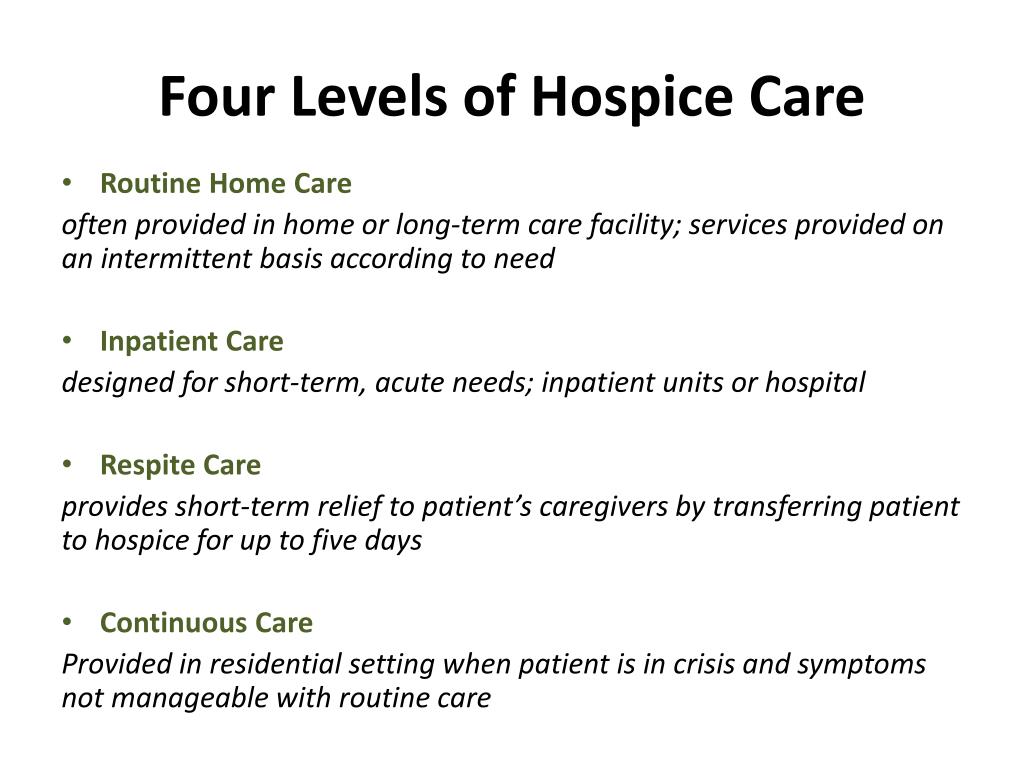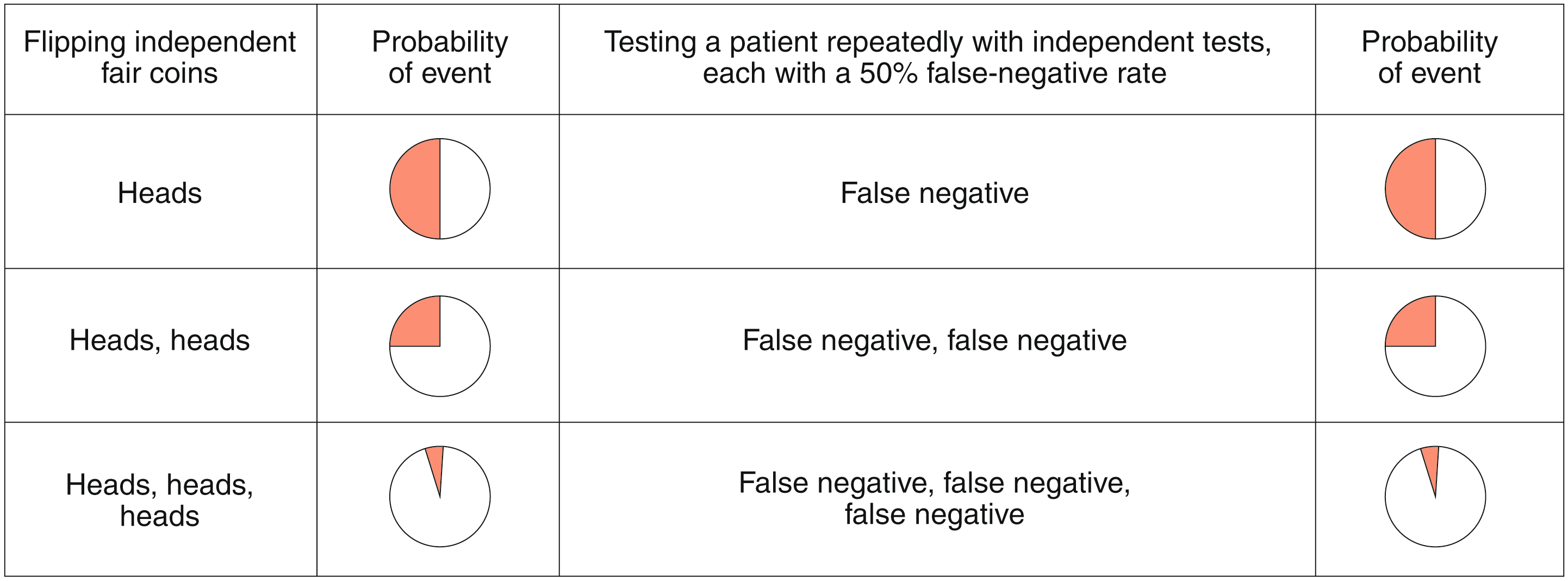
These are some things to keep in mind when you're considering a career as a pediatric home health nurse. These are some of the many benefits you will enjoy and the regulations that govern this field. Find out more about the rewarding field of dentistry. You'll be glad that it was! Continue reading to find out more about it and the many benefits it offers. You'll soon be able to find a rewarding career as a pediatric home nurse after reading this article. And, don't forget to check out the Work environment section!
Benefits of pediatric home nursing
Institutional care can be expensive but pediatric home nursing costs are much lower. Pediatric home nurses offer flexibility and individual attention to children who need nursing care at home. A pediatric private duty nurse can be a valuable support to families who are dealing ill. The benefits of pediatric home health nursing cannot be overlooked. Find out more about pediatric private-duty nurses. The advantages of pediatric home health nursing services are numerous and well-known.

Pediatric home health nursing provides a wide range of services to parents that will make their lives easier and more convenient. Pediatric home care allows parents to decide the visitation time for their child. It allows the child to go to school and make friends. This decreases stress for children and reduces the need to return to the pediatrician. The pediatrician can be reached through pediatric home care. Home health nurses are often an important step in the healing process, as pediatricians may not always be available.
Regulations
State regulations regarding pediatric home care nursing services should align the payment and quality standards with other types skilled nursing care. The Federal Medical Assistance Percentage rate could increase the Federal Payment Increases. The state could also implement stratification of rates depending on the patient’s medical history. This could encourage nurses, who may be at greater risk of being hospitalized for prolonged periods, to take in patients. While it is not legal in certain states to pay family members for caregiving, it might be a way to increase the number needed home health nurses. Training family members in compensation could help expand the workforce, and reduce financial burdens on patients' families.
Although pediatric home care nursing is similar in many ways to adult care, it can have a very different quality and specific details. The most common differences between adult and pediatric home health care include the fact that adults are required to undergo some type of training, while children's care does not. A lack of standardization in quality and regulations can cause inconsistent and poor-quality care.
Work environment
To be a successful home-based pediatric nurse, it is important to keep abreast of the latest developments as well as workplace trends. Staying on top workplace trends is key to success in this competitive field. The growing need for pediatric care, along with a trend of keeping children in their homes, are driving the demand for home health nurses. To help home health professionals in pediatric care improve their work environment, here are some tips.

It is important that you work with all types of patients. Dependent on your job, you might have to change your medication or plan of treatment to combat a cold. If the patient has breathing problems, you may need to modify their position. As a pediatric home care nurse, you must be able to handle different patient types. For example, you might need to give an infant a different medication than a child with pneumonia.
FAQ
What are the major functions of a system for health care?
The health system must provide quality medical services at affordable prices to all people.
This includes providing health care and promoting healthy lifestyles. It also includes equitable distributions of health resources.
How can our health system be improved?
Our health care system can be improved by ensuring everyone gets high-quality care regardless of where they live and what type of insurance they have.
We should ensure that all children receive necessary vaccinations, so they don't develop preventable diseases like measles, mumps, and rubella (MMR).
We must continue our efforts to lower the cost and make sure it remains available for everyone.
What does it mean to "health promote"?
Health promotion is about helping people to live longer and remain healthy. It emphasizes preventing sickness and not treating existing conditions.
It includes activities such as:
-
Eating right
-
Get enough sleep
-
exercising regularly
-
Staying active is key to staying fit
-
Not to smoke
-
managing stress
-
Keeping up to date with vaccinations
-
How to avoid alcohol abuse
-
Regular screenings and checks
-
Learn how to deal with chronic illnesses.
What is the difference?
A doctor is a person who has successfully completed their training and is licensed to practice medically. A physician is a medical professional who specializes in one field of medicine.
What is an infectious disease?
Infectious diseases are caused by germs, viruses or parasites. Infectious disease spreads quickly when people come in close proximity. Some examples include measles (whooping cough), pertussis, rubella, German measles, chickenpox, strep-thymia, measles (mumps), rubella, whooping cough), pertussis, rubella, chickenpox, strep-thymia, polio, hepatitis A, B, HIV/AIDS and herpes simplex virus.
How can I become creative in my health care?
You have many options to become a creative healthcare professional. Some people start their careers as students while others work in engineering or business.
Some students choose to focus on a specific topic such as health policy, leadership, management or leadership. Some choose to elective courses that examine different perspectives on health or health care.
No matter your chosen path, you'll be able to learn about health topics and health care through readings, discussions in groups, assignments and projects, as well as lectures and readings. You may also attend workshops, conferences, and seminars.
When you complete the program, your knowledge will give you the skills to work with clients, colleagues, and patients in any role within the health system.
You might even be able to go on to get a doctorate.
What role do I play in public health?
Participating in preventive efforts can help to protect your own health and that of others. Reporting injuries or illnesses to the health professionals can help improve public health and prevent future problems.
Statistics
- Over the first twenty-five years of this transformation, government contributions to healthcare expenditures have dropped from 36% to 15%, with the burden of managing this decrease falling largely on patients. (en.wikipedia.org)
- The health share of the Gross domestic product (GDP) is expected to continue its upward trend, reaching 19.9 percent of GDP by 2025. (en.wikipedia.org)
- Price Increases, Aging Push Sector To 20 Percent Of Economy". (en.wikipedia.org)
- Healthcare Occupations PRINTER-FRIENDLY Employment in healthcare occupations is projected to grow 16 percent from 2020 to 2030, much faster than the average for all occupations, adding about 2.6 million new jobs. (bls.gov)
- About 14 percent of Americans have chronic kidney disease. (rasmussen.edu)
External Links
How To
What are the 4 Health Systems?
The healthcare system includes hospitals, clinics. Insurance providers. Government agencies. Public health officials.
The ultimate goal of the project was to create an infographic that would help people to better understand the US health system.
These are the key points
-
Annual healthcare spending totals $2 trillion and represents 17% GDP. It's nearly twice the size as the entire defense budget.
-
In 2015, medical inflation reached 6.6%, which is higher than any other consumer category.
-
Americans spend an average of 9% on their health costs.
-
As of 2014 there were more than 300,000,000 Americans who weren't insured.
-
Although the Affordable Healthcare Act (ACA), was passed into law, implementation has not been completed. There are still large gaps in coverage.
-
A majority of Americans believe that the ACA should continue to be improved upon.
-
The US spends more money on healthcare than any other country in the world.
-
If every American had access to affordable healthcare, the total cost would decrease by $2.8 trillion annually.
-
Medicare, Medicaid, and private insurers cover 56% of all healthcare spending.
-
These are the top three reasons people don’t get insured: Not being able afford it ($25B), not having enough spare time to find insurance ($16.4B), and not knowing anything ($14.7B).
-
There are two types: HMO (health maintenance organisation) and PPO [preferred provider organization].
-
Private insurance covers the majority of services including doctors, dentists and prescriptions.
-
The public programs cover outpatient surgery as well as hospitalizations, nursing homes, long term care, hospice, and preventive health care.
-
Medicare is a federal program that provides senior citizens with health coverage. It covers hospital stays, skilled nursing facility stay, and home healthcare visits.
-
Medicaid is a joint state-federal program that provides financial assistance to low-income individuals and families who make too much to qualify for other benefits.